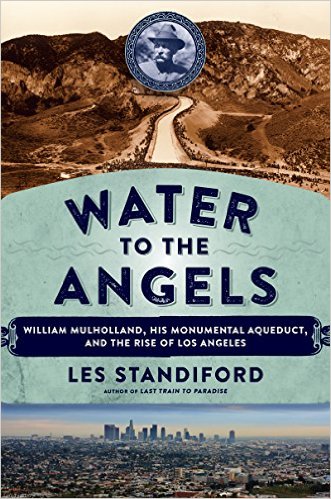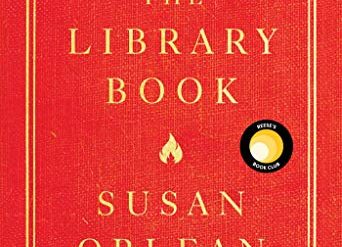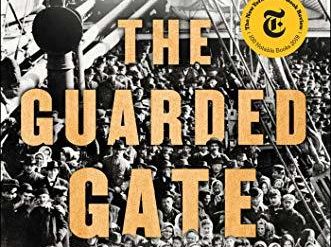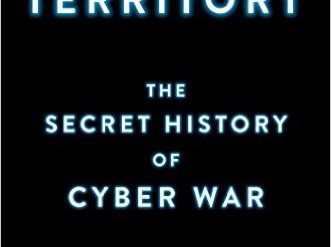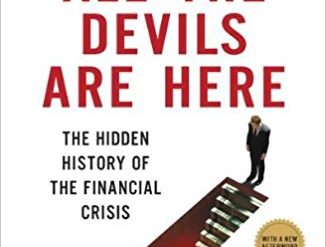
It’s hard to imagine a more timely book than Water to the Angels, a book about the Los Angeles Aqueduct that appears in the midst of a drought in California of historic proportions. Framed as a biography of William Mulholland, who built and managed the Los Angeles Aqueduct that supplied L.A. with most of its water for decades, Water to the Angels can equally be seen as a history of the Aqueduct itself — the more than two-hundred-mile-long series of pipes and tunnels that drained the Owens Valley to feed the thirst of generations of Angelenos. It also enabled the city to begin producing all the electric power it needed, setting L.A. on a course of energy self-sufficiency to the present day.
The highest-paid public official in California
Though he was reviled in the Owens Valley and by the men who owned and ran the private companies that had been supplying power to L.A., Mulholland was lionized for much of his career, gaining a worldwide reputation as an engineering wizard. He brought in the Los Angeles Aqueduct — deemed an impossible feat — on time and for far less money than private companies would have charged. For decades, he was “the highest-paid public official in California” because his work played a fundamental role in making it possible for Los Angeles to grow from a population of 50,000 in 1890 to more than thirteen million today.
Water to the Angels: William Mulholland, His Monumental Aqueduct, and the Rise of Los Angeles by Les Standiford (2015) 357 pages ★★★★☆
He came from Ireland at age nineteen
Unquestionably, Mulholland figures in the history of the state as a major actor, and he was an extraordinary man. An ill-educated immigrant from Ireland who arrived at the age of nineteen, he was a self-taught civil engineer who rose to employ legions of professionals. He had a prodigious memory who frequently overawed coworkers and politicians alike, and he proved to be endlessly innovative in finding new ways to get things done in a massive construction project “that ranked with the building of the Panama Canal in scope and challenge.” He was also able, almost single-handedly, to persuade the city’s voters to back the many bond issues that proved necessary to build the Aqueduct.
The Los Angeles Aqueduct made Southern California possible
Water to the Angels is not a dispassionate biography. For example, author Les Standiford writes that it is “easy to argue that had William Mulholland not fought for and built the Los Angeles Aqueduct, Southern California as we now know it would not exist.” He also insists that “what he overcame to achieve a position of influence rivals any Horatio Alger-style narrative.” The author acknowledges the criticism of Mulholland by contemporaries and historians alike, but he dismisses most of it out of hand.
Fact and fiction in the film Chinatown
Naturally, if you mention water and Los Angeles in the same sentence, you’re likely to conjure up memories of the film Chinatown, which paints a picture of Mulholland’s greatest creation as the product of unalloyed greed. In fact, Mulholland is quickly dismissed in the movie as a minor character named Hollis Mulwray, and the central device in the film — the discharge of millions of gallons of water into the Pacific to create a severe water shortage in the city — is pure fiction.
Mulholland had, indeed, opened the pipes to drain water into the ocean, but only to avoid flooding the system. And the corruption ascribed to those who built the Aqueduct is equally fictitious: Mulholland was demonstrably incorruptible. However, the powers-that-were in Los Angeles did manage to emerge from the project richer by millions of dollars through their speculation in San Fernando Valley land.
A tragedy on a classical scale
The story of William Mulholland and the Los Angeles Aqueduct can be viewed as a tragedy on a classical scale. Though the Aqueduct itself had to be viewed as an unqualified success, Mulholland made a catastrophic error a decade after the Aqueduct began delivering water to Los Angeles in 1915: he shrugged off signs that one of the big dams in the 233-mile-long system of waterworks was threatening to collapse. In fact, the dam did collapse, and “the dam’s failure took at least 450 lives [and destroyed thousands of homes], a disaster outdone in California history only by the 1906 San Francisco earthquake and fire.
Most of Water to the Angels is reasonably well written. However, the first few chapters — before Standiford hits his stride — are rife with turgid syntax. For instance, the very first sentence in the book reads as follows: “Often a writer is queried as to the source of an idea.” Not exactly an auspicious beginning!
There are other flaws in this book: Standiford reports numbers in mind-numbing detail as he discusses the construction of the Aqueduct. And he devotes an ordinate amount of space to dissecting the movie Chinatown. Still, the book is worth reading as an account of what may have been the most consequential event in the history of the nation’s second largest city.
For more great reading
Like to read good biography? Check out 10 great biographies.
You may enjoy browsing through 20 top nonfiction books about history.
If you enjoy reading history in fictional form, check out 20 most enlightening historical novels.
For more good books on the history of the US, see Top 20 popular books for understanding American history.
And you can always find my most popular reviews, and the most recent ones, on the Home Page.

